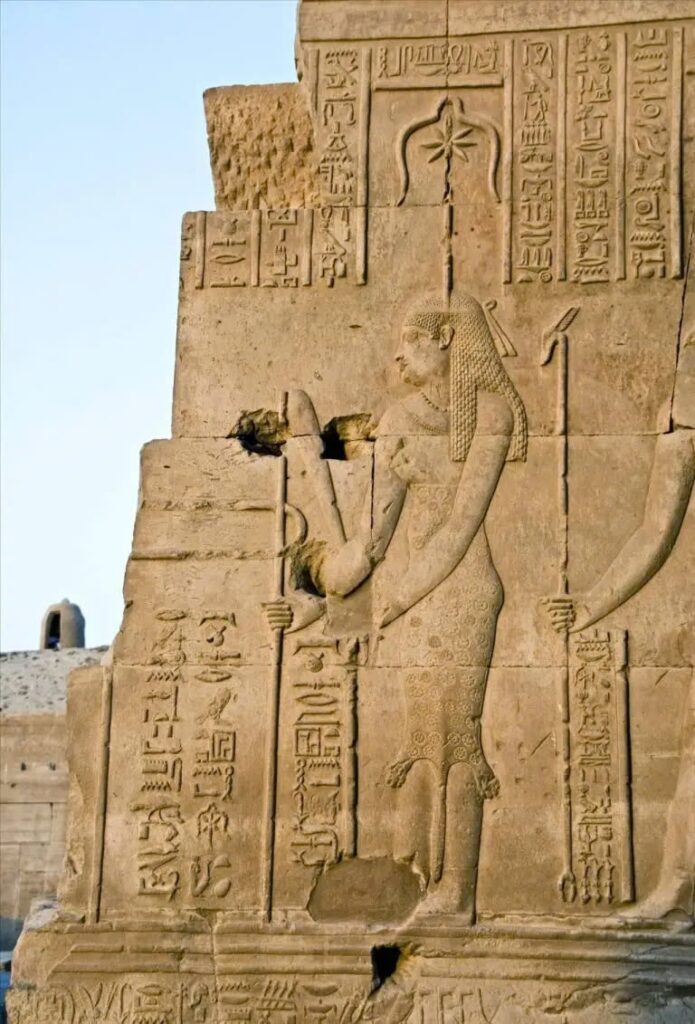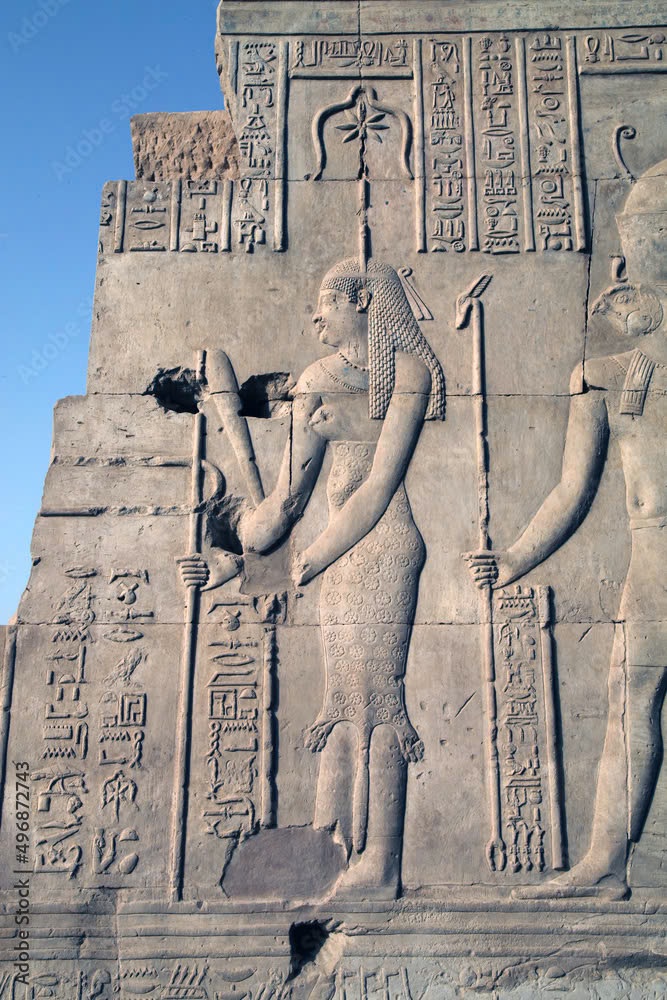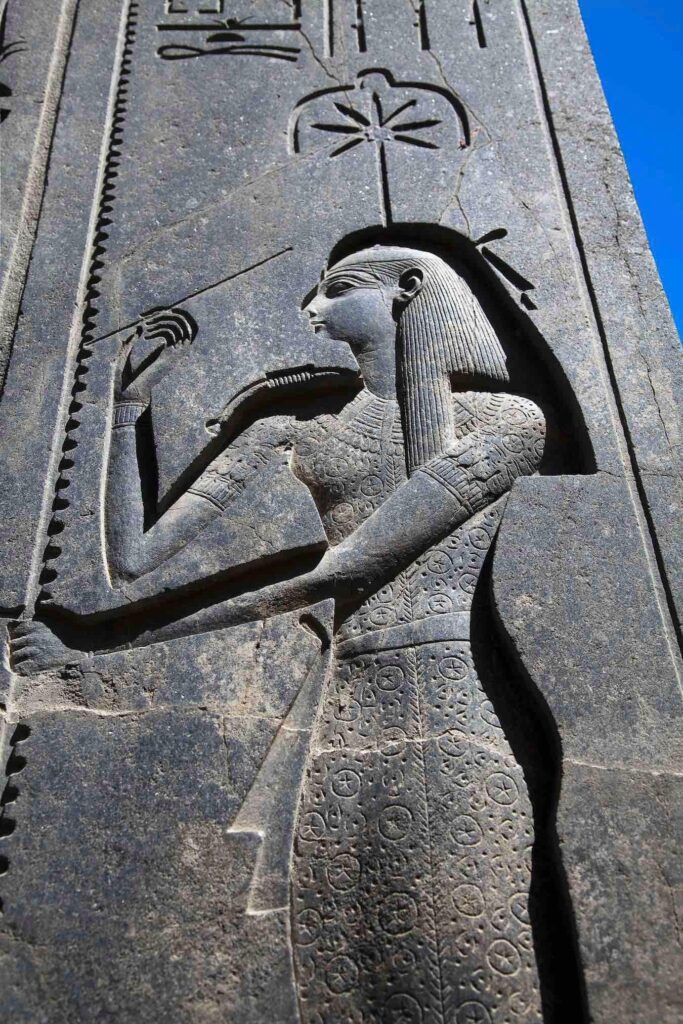Unveiling the Ancient Goddess of Knowledge: Seshat
In ancient Egyptian mythology, few deities are as intellectually significant as Seshat, the goddess of wisdom, knowledge, and writing. With her striking leopard skin garment, Seshat’s influence reached far beyond just scribes; she played a vital role in various disciplines that were crucial to the development of Egyptian civilization.

The Multi-Faceted Goddess
Seshat had a diverse divine portfolio:
- Inventor of Writing: She is credited with the creation of writing itself.
- Patron of Accounting and Mathematics: Seshat guided the principles of record-keeping and numerical calculations.
- Guardian of Architecture and Surveying: Her influence extended to the design and measurement of structures.
- Overseer of Astronomy and Astrology: Seshat also played a role in understanding celestial bodies and their significance.
Her importance was amplified by the rarity of literacy in ancient Egypt, where less than 1% of the population could read and write. In this context, she emerged as a highly revered figure, earning the title “foremost in the library.”
Seshat’s Iconic Imagery
The visual representation of Seshat is rich with symbolism:
- A seven-pointed star or rosette adorned her headband.
- A bow-like symbol sat above her emblem.
- She wore a long panther-skin robe.
- In her hand, she held a notched palm branch, which signified “years.”
- This branch often transformed into a tadpole, representing the number 100,000.
These symbols rested upon the glyph for eternity, further emphasizing her everlasting significance.

Seshat’s Role in Royal Rituals and Record-Keeping
The “Stretching the Cord” Ceremony
One of Seshat’s most critical roles was in the “stretching the cord” ceremony. This ritual was essential for measuring and laying out temple foundations, underscoring her importance in both religious and architectural practices.
Chronicler of Royal Achievements
Seshat’s duties evolved over time:
- In the Old Kingdom, she recorded livestock seized from Libyan tribes.
- By the 12th Dynasty, she documented the names of foreign captives.
- During the New Kingdom, she commemorated royal jubilees on the leaves of the persea tree.
A Glimpse into Ancient Art
Much of what we know about Seshat comes from a relief found in the Double Temple of Sobek and Haroeris at Kom Ombo. This artwork, dating back to the Ptolemaic Period (305-30 BC), provides a fascinating insight into Seshat’s enduring importance in Egyptian religion and culture.
Through the ages, Seshat has remained a powerful symbol of knowledge, writing, and divine wisdom in ancient Egypt. Her influence touches many aspects of this remarkable civilization, showcasing her integral role throughout history.


